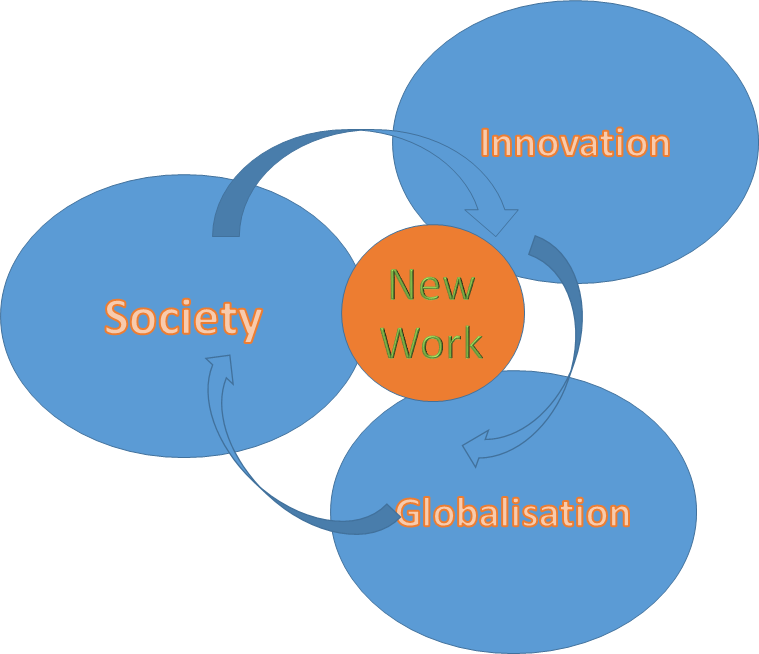Brussels European Union, March 19, 2014
The Committee on Women’s rights and Gender Equality (aka FEMM), joined by the Committee on Employment and Social Affairs (EMPL), was running a public hearing with MEPs on the topic of Work Life Balance at the European Parliament.
In the realm of the 2014 International Year of Family, the European Parliament is demonstrating a special interest on these issues of Work Life Balance. As Chair of the Public Hearing, member of the FEMM and the EMPL Committees, Regina Bastos puts it, women and work life balance is a specifically crucial issue for the EU economy in a context of:
- rising poverty
- ageing population
- fall in pension rates and potential payment defaults
- high levels of youth unemployment
First Panel – Work Life Balance as a factor of Gender equality
Claudia Mene – Confederal Secretary to the European Trade Union Confederation
Women are at a disadvantage towards work : there are more women working part-time which is a source of poverty. Women in partnerships are more protected against poverty.
To improve our people’s management and go beyond the typical Human Ressources strategies, we need to ask ourselves two questions: Do these women have children? Are they family carer beside their skill?
To achieve this transition, our first step in 2010 was to reach a European agreement on Parental Leave, which we did. Second step, we need to offer a choice of policy and switch from a « standard worker » a « worker who cares« . Third step, we need to invest in infrastructure to offer flexibility, This is especially true if we want to achieve the Barcelona objectives ( ie development of child care facilities across Europe for a long lasting and inclusie growth) thus ensuring that children are not victims of austerity.
Konstanina Davaki – Research Fellow at the London School of Economics and Political Science
Work Life Balance is a dynamic and transient situation. Plus there are many other forms of care than childcare.
Flexibility in work arrangements with technology is a good option, but too much flexibility can blur the boundaries between private and professional life.
Raising awareness among parents on their entitlements is critical to achieve flexibility.
Through research, we’ve established that the Labour market behaviour of women have changed to being more similar to men. Other statement : Female employment in some member states has fallen to the 2005 levels.
With a more holistic approach to welfare policies, we could go back to a less consumerist approach and more solidarity-oriented approach of work.
Agnès Parent- Thirion – Senior programme manager for working conditions at Eurofound
Eurofound gathers statistics from social partners and the European Unions. The report Women, Men and working conditions in Europe by Eurofound provides us with a few interesting findings and trends :
Time spent in the labor market
37.4 years for men and 29 years for women- Effect on pension rates
Segregation of women and men
Only five of the 20 occupational groups employing the highest number of workers can be considered to have a balanced gender mix: food, wood and garment workers; numerical clerks; legal, social and cultural professionals; business professionals; and personal service workers (groups based on the International Standard Classification of Occupations). This is shown on charts in page 21 of the report.
The public sector is important for female-dominated occupations – within male-dominated occupations, female employees are more likely to work in the public sector than their male counterparts. Workplaces provide another layer of segregation, with employees often working in same-sex environments, particularly women. Even when women and men are employed in mixed occupations, they are often working in samesex workplaces. One of the main issues related to gender and paid work involves the prevalence of part-time work, which can be viewed both positively and negatively.
Less female supervisors than men (see chart page 31) : 20% men and 12% women
Time at work
Women work less night shifts but more part time jobs.
Gender differences in time spent in paid and unpaid work are important in shaping working conditions for women and men. When paid working hours, hours spent in commuting to and from work and unpaid work time are all combined, the EWCS data found that women work, on average, 64 hours a week compared to the 53 hours worked by men. This can be explained by the fact that women spend 26 hours, on average, on caring activities, compared with the 9 hours spent by men, even though men devote more time to paid work (41 hours, compared with 34 hours spent by women).
Men are much more likely than women to work longer than the 48 hours set out by the EU Working Time Directive, with the exception of those in teaching and clerical jobs. However, there are also many women who work long hours – for example, in sales, hospitality management, agriculture and the service industry. Men in the public sector are around half as likely to work long hours as their counterparts in the private sector and for women the effect is even stronger. Most people in full-time work would like to work less, with men declaring a preference for a 38-hour week, and women a 33-hour week.
Intrinsic quality of the jobs
Men’s monthly earnings are higher in every occupation but gaps are wider in white-collar male-dominated occupations. In contrast, gender differences in intrinsic job quality across occupations are relatively small when compared to other job quality dimensions. Women tend to report higher satisfaction in terms of job quality than men.
In some countries, women’s working time quality improves when they have children but this is at the cost of a lifelong penalty in monthly earnings.
Wellbeing at work
The chart on page 70 shows that well-being across life stages is greater for men all along and that women never catch up onthe gap
Three recommendations from Agnès Parent- Thirion
- Promote men’s jobs among the female population and vice versa to reverse segregation
- Introduce very long or very short part-time options of work
- Keep on developping personal skills and talents
Second Discussion Panel : Reconciling working and non-working life
Isabelle Welpe – Chair for Strategy and Organisation Technische Universtität München
Organisations need to offer security and flexibility , what I call Flexecurity.
New Work frameworks
 In this New Work concept, employees can elect management, own the firm. Organizations turn out to be mini-democracies!
In this New Work concept, employees can elect management, own the firm. Organizations turn out to be mini-democracies!
“Free permanent” employees replace temporary employment. These “free permanents” offer services like project contracts. They lead a lateral career and are able to manage time out of work. That is what I call the employment mosaic in the “human cloud”. And of course, this is made possible by information technologies.
Typical women profiles in Isabelle Welpe’s research
- She showed a matrix Competence vs ‘Niceness’. The upper right quadrant for women where women would be considered as competent AND nice to work wit, is empty.
- Women are less likely to be hired in leading positions
- Women ask for 17% less in salary than men.
Ana Rubin – Member of the Board Swedish Left party
The French 35-hour week set up around 2000 by the Socialists aimed at increasing the number of jobs, balance work and family time and raise the quality of life. A few years after the implementation of the 35-hour week, perception goes that quality of life has increased and that men achieve more work in the house due to more time at home.
In Sweden, 32 % of women work part-time vs 10% of men, and 77% of women take a parental leave vs 8% of men. AnaRubin claims that those inequalities create a vicious circle : more part-time jobs means a lesser salary hence more dependance toward men hence more family difficulties.
Ana Rubin is lobbying to pass a law in Sweden to reduce working hours to 6 hours a day. This would sort of even out the gender gap between part-time and full-time employment.
Questions and Answers
A few interesting questions or comments were made, among which the following ones :
- There were only 8 MEPs in the room showing the level of interest of the Parliament towards the issue orWomen at work… We should not generalize what women in various membre states desire.
- Why are we only thinking of Work Life Balance for women with children? Women with a career without children who have to take care of their parents also need facilities.
- When we talk about Work Life Balance, we are assuming that life means no work.
- But the care for children, handicapped or elderly relatives means work : a work of love.
- Thank you for raising the issue of pensions for women : it is a real issue for those who make a break to care for their children.








